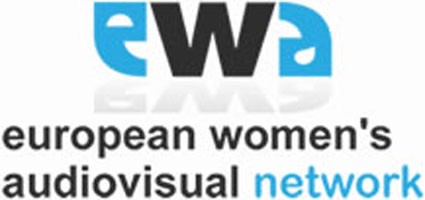The numbers for women in the American film industry are dire: Female filmmakers made less than 5% of studio pictures and just 10% of indie features from 2009–13. Things are a bit better for European women directors, though there’s plenty of room for improvement. A new study from the European Women’s Audiovisual Network (EWA) shows that female filmmakers across the Atlantic helmed 16.3% of theatrical releases in 2003–12.
According to its website, EWA’s mission is to “promote greater gender equality for audiovisual creatives in terms of access to and opportunities for employment, be they working in the areas of film, video games or online audiovisual content creation.” (The closest American equivalent might be the non-profit org Women in Film.)
EWA will release its full study at the 2016 Berlinale, but among its first findings are the usual suspects behind gender inequality in film:
— Absence of gender-equality policies. Sweden is the only country to have mandated a 50–50 funding distribution between women and men, and is thus the only European nation to see women’s films make up half of the market.
— Inadequate statistics and monitoring. Self-explanatory. We need more numbers to have a clearer view of the facts on the ground.
— Fallout after film school. Women make up 40% of film school grads today, but only 20% of directors.
— Entering the industry and getting a second or third feature made. Making shorts and docs were the most popular avenues toward gaining a foothold in the industry, according to the results of a EWA questionnaire, followed by film school, making commercials and/or music videos and acting (in that order). But directing work remains difficult to come by after the first or second feature for female directors.
— Sexism in funding. Private investors are notoriously stingy with women directors, and female filmmakers tend to receive smaller budgets from both public and private sources. Related to funding — since audiences tend to watch higher-budgeted productions — is the fact that women-helmed features made up 8.9% of total admissions in 2003–12.
— The difficulties sustaining a career in film. The three biggest factors contributing toward women’s attrition in the industry are competition for funding, job instability and scarcity of role models.
— Steps toward a solution. To promote films by women, EWA recommends exhibiting more films directed by women on national screens, increased support for women directors in their transition from training into the industry, targeted funding for women’s films, support for women in under-represented sectors and targeted programs for young people in education.
READ MORE: European Film Industry Passes Gender Equality Declaration
[via EWAWomen.com]







